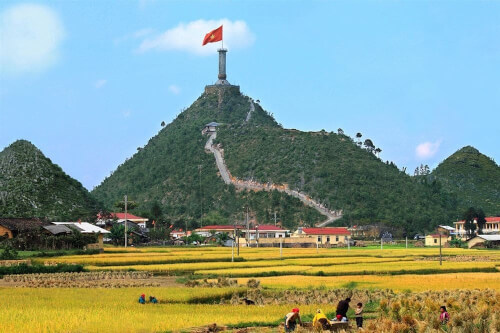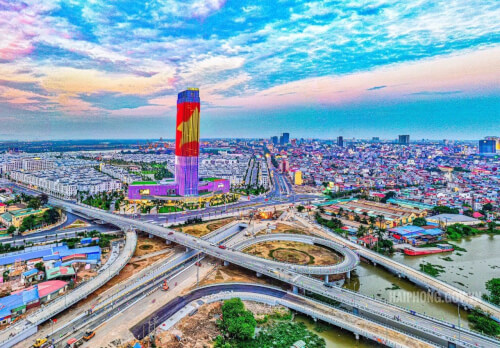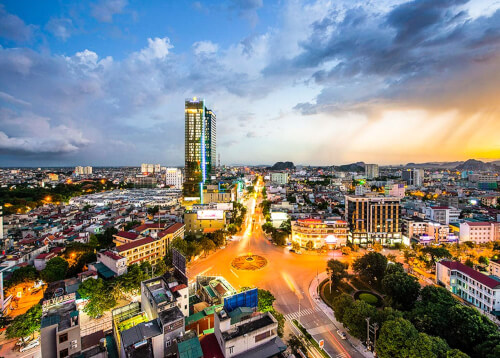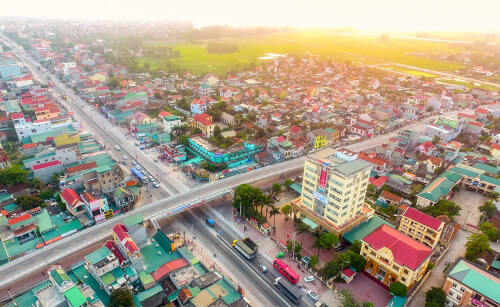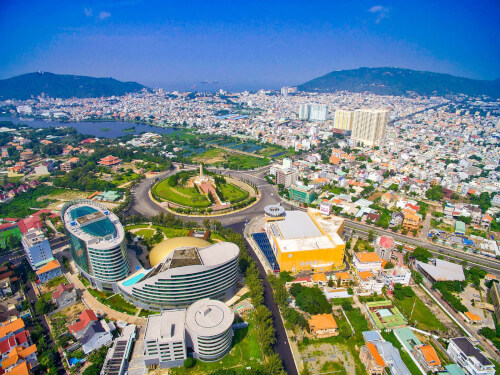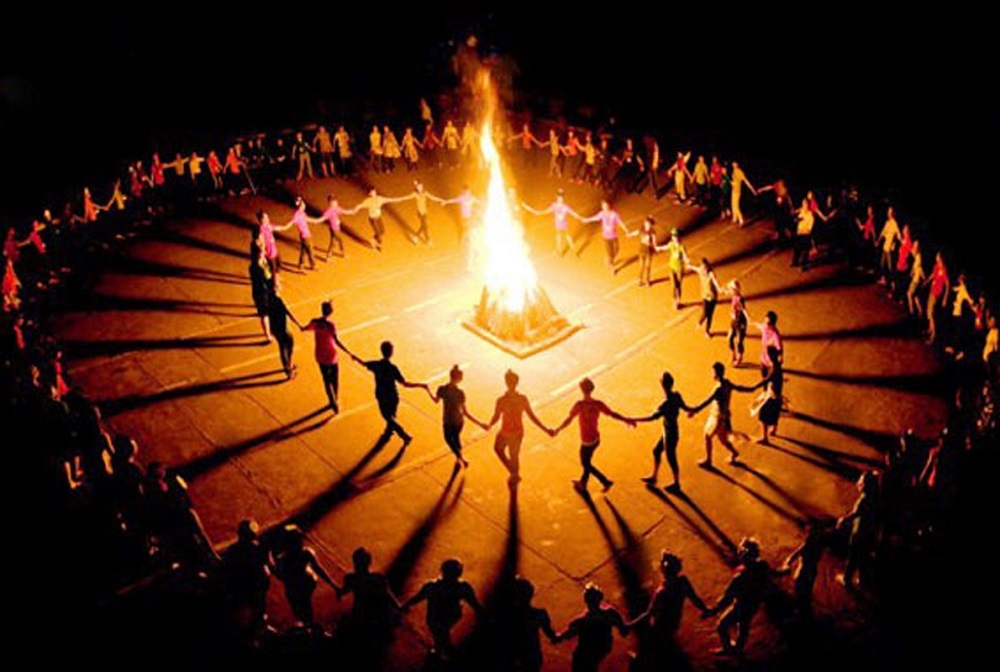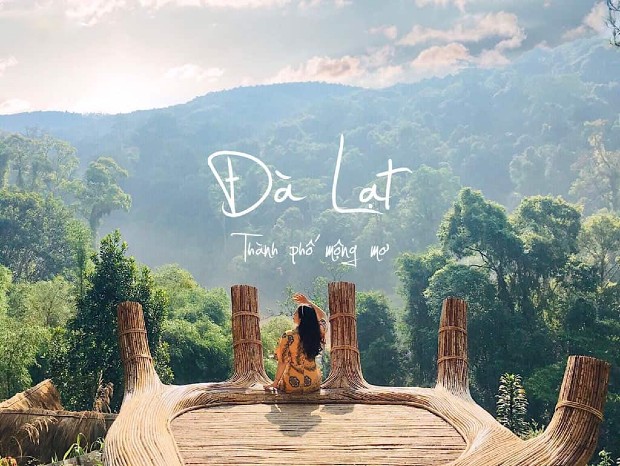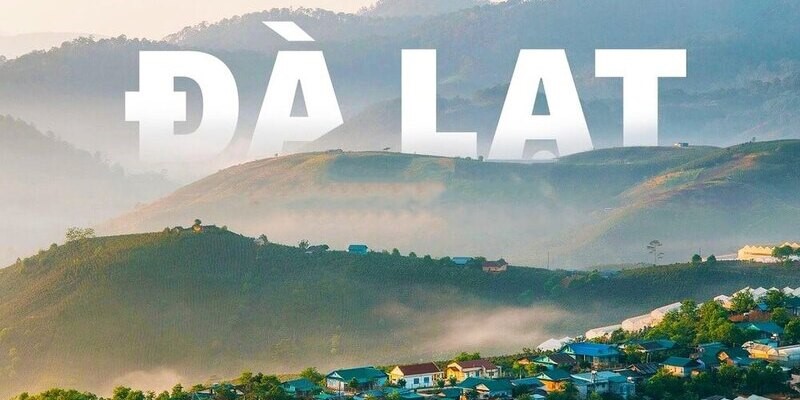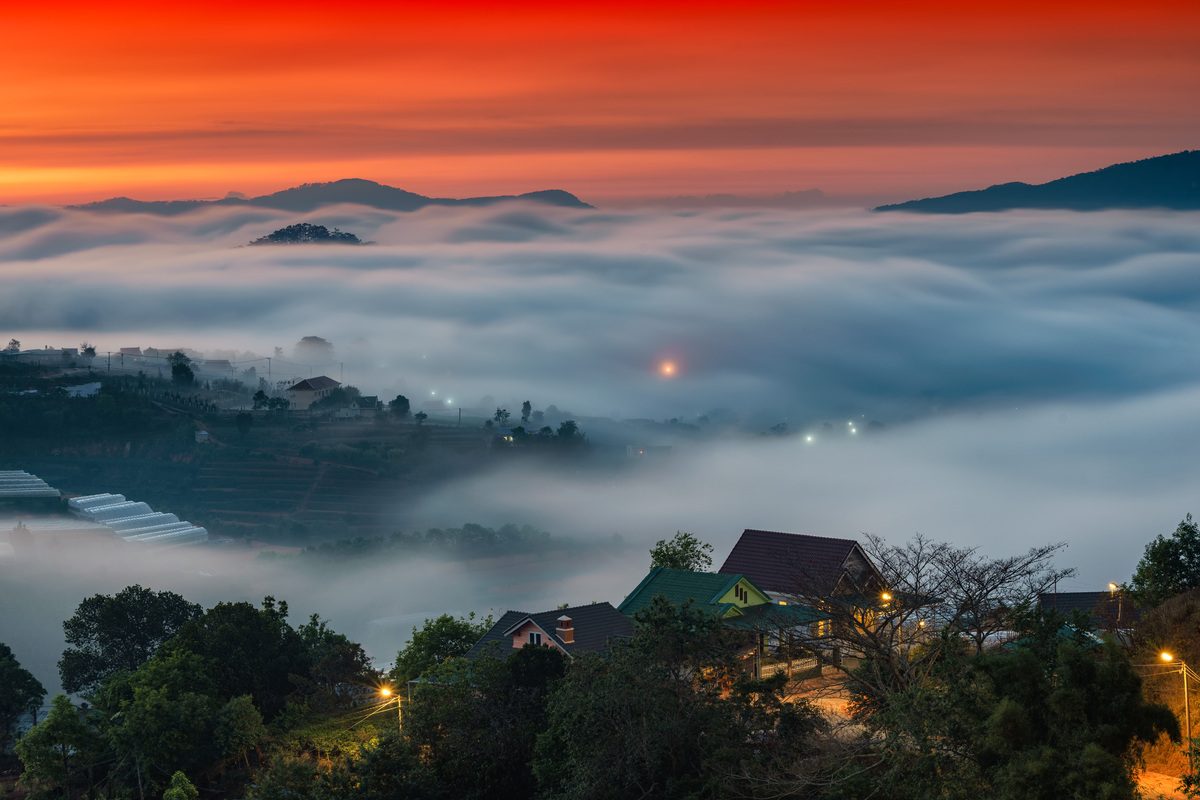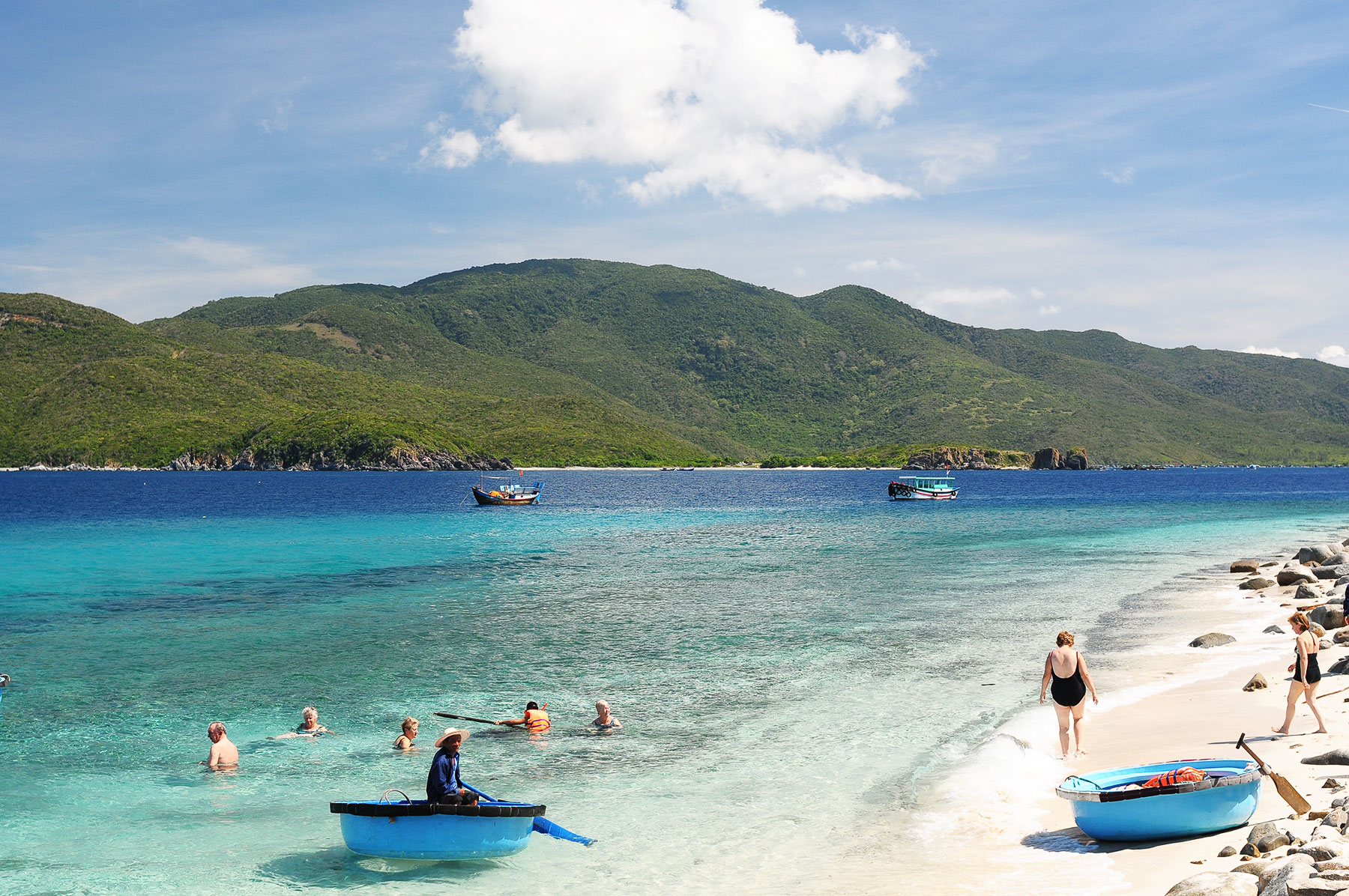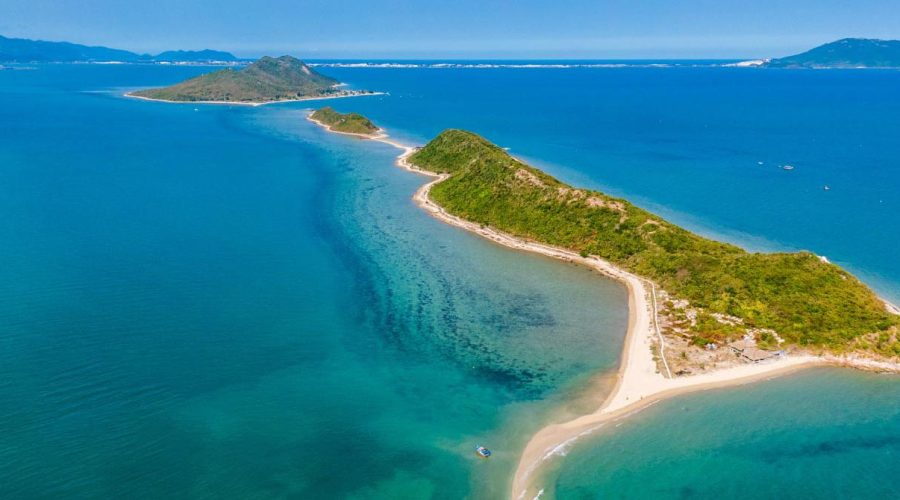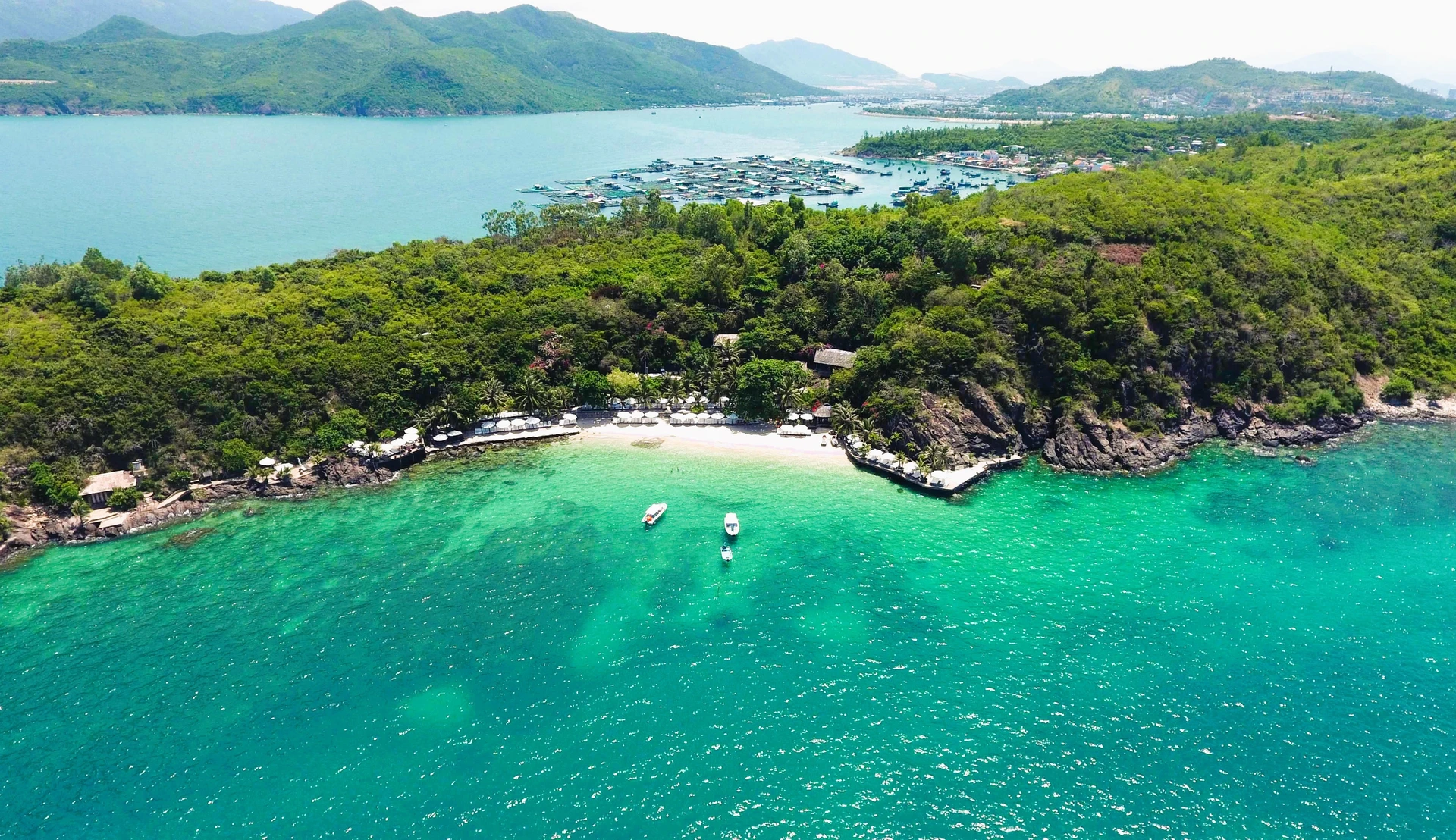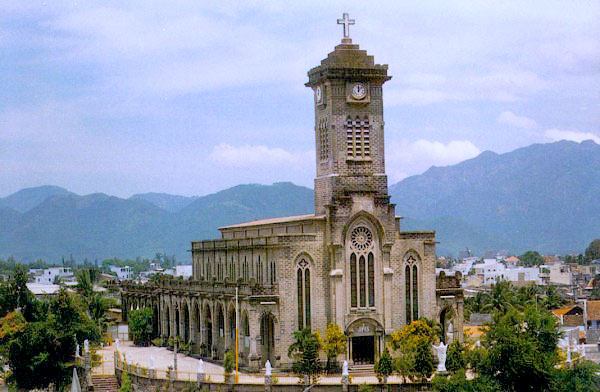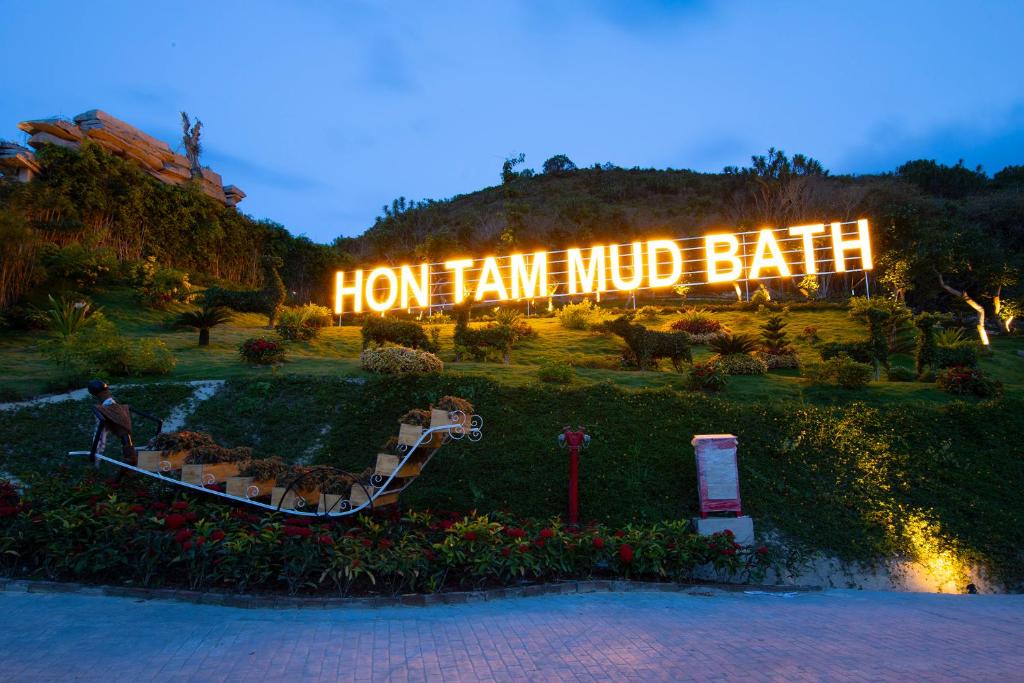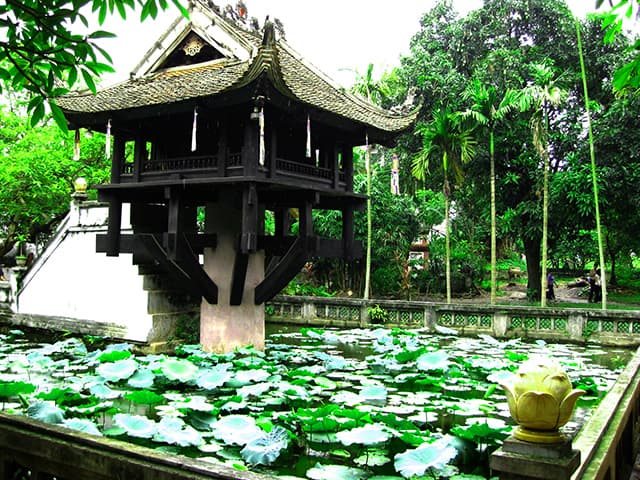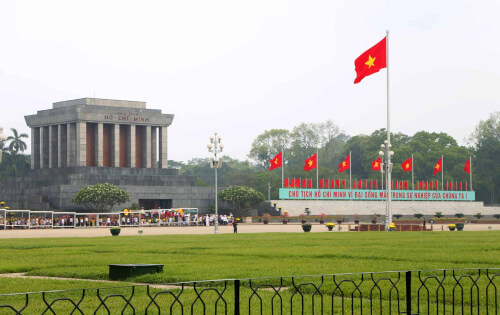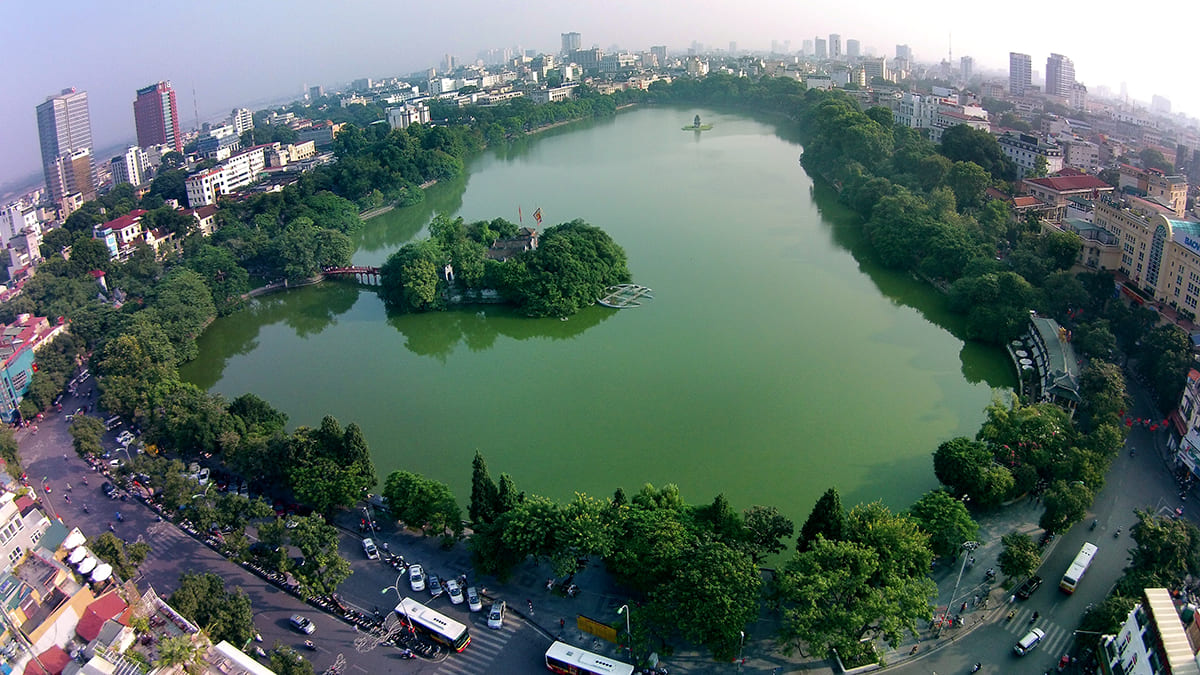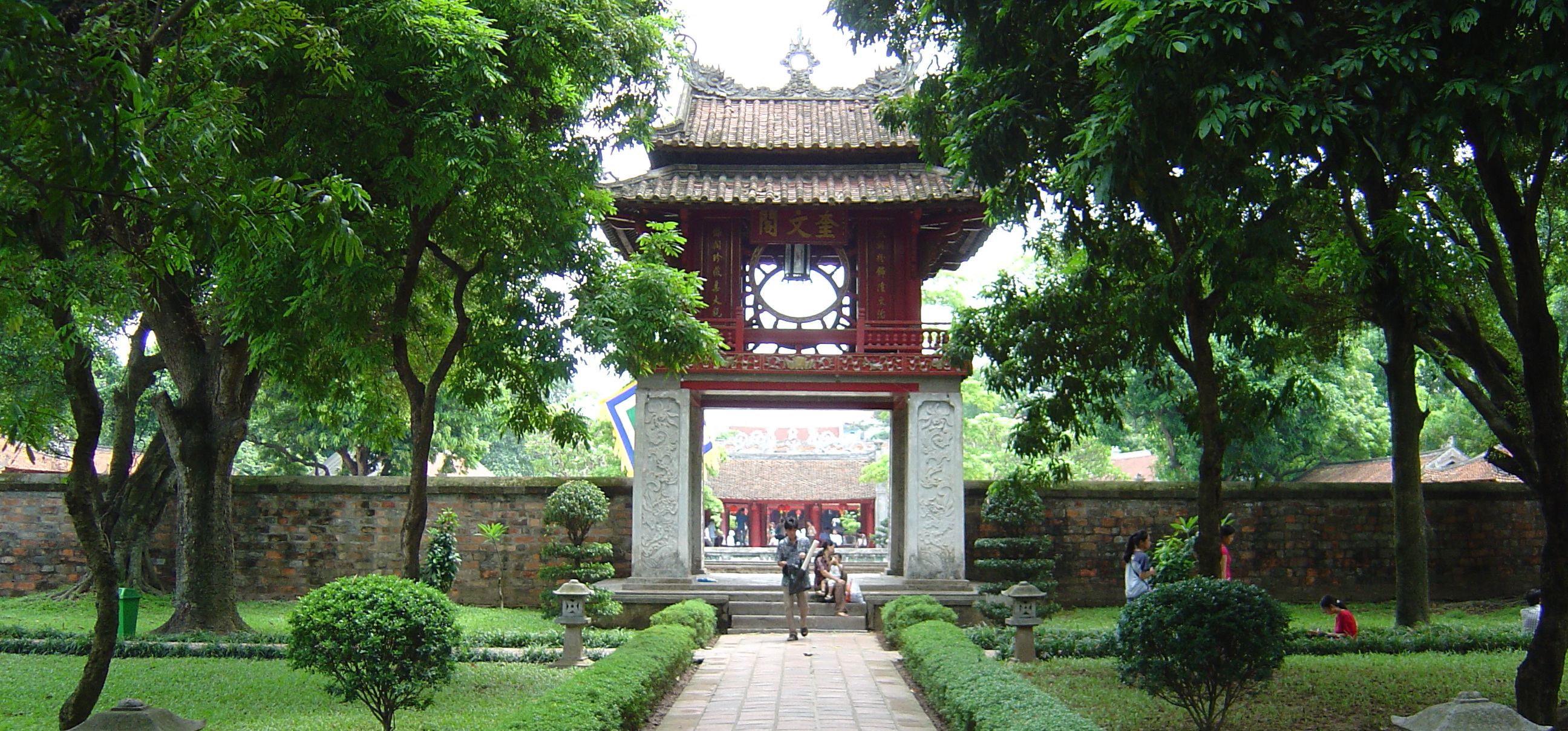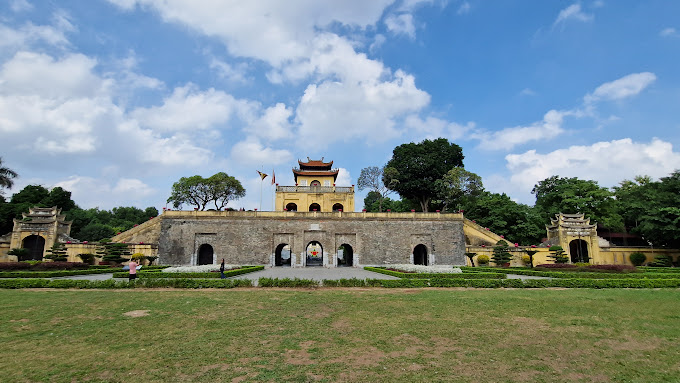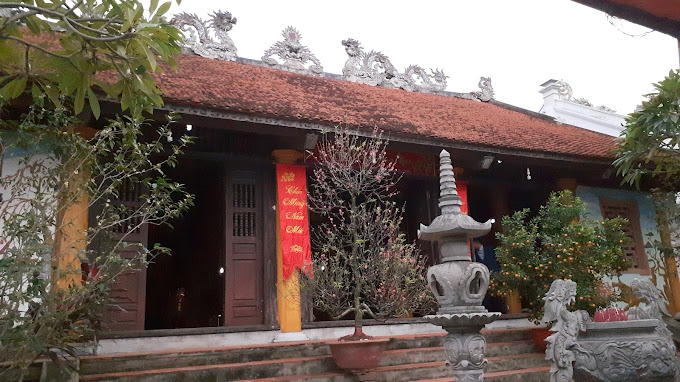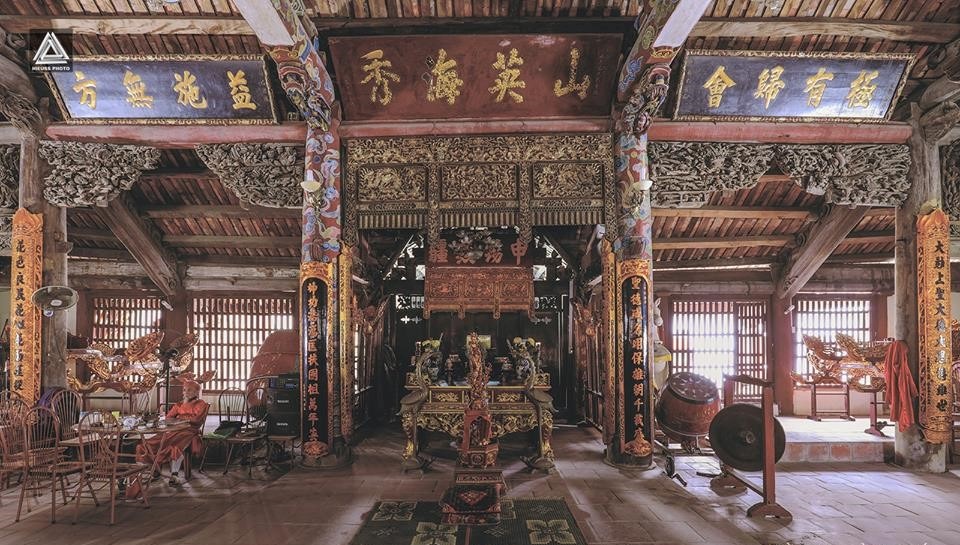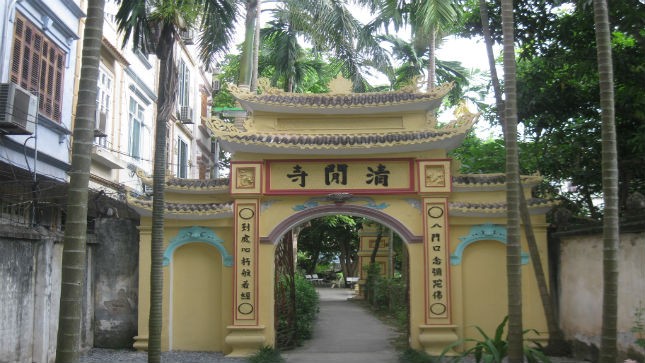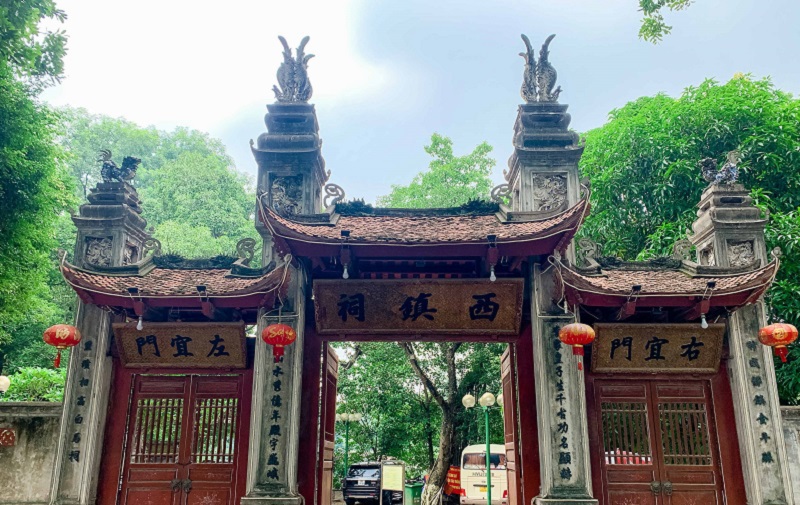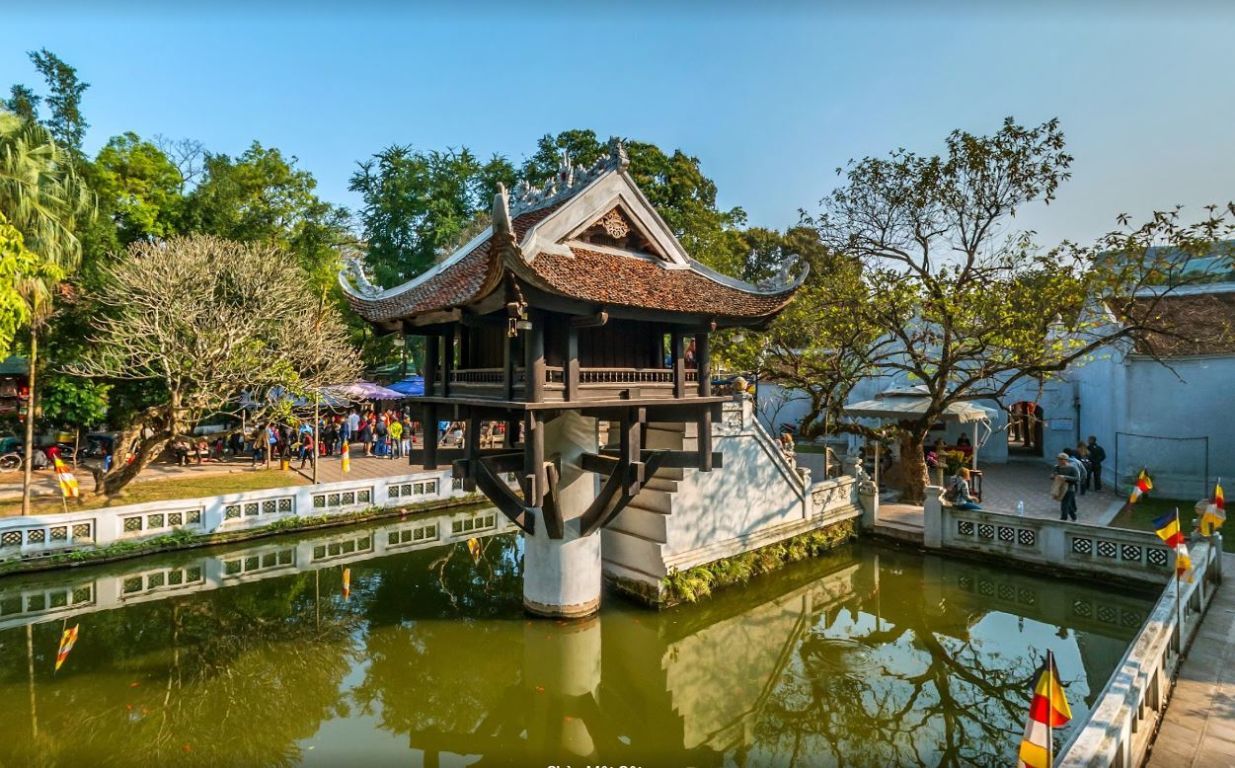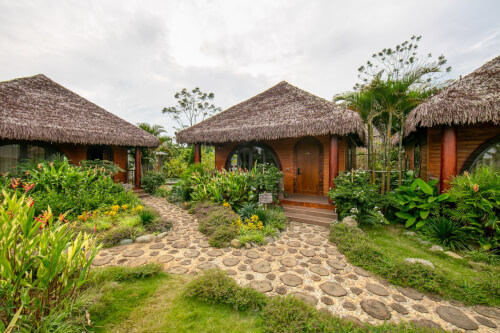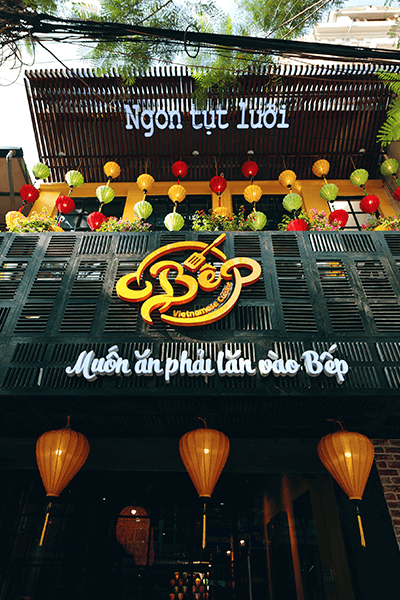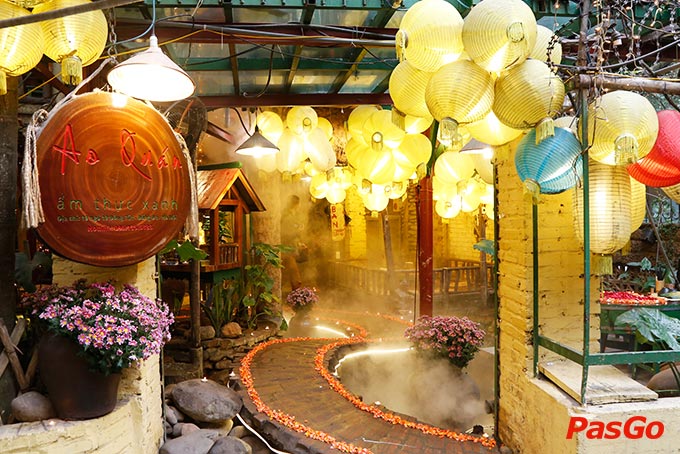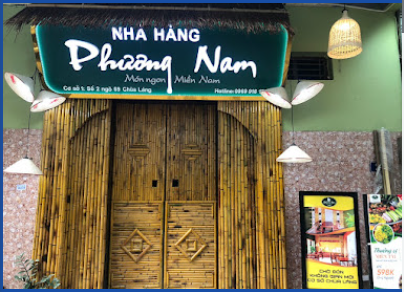General regulations for payment, tour cancellation and green hotel booking on 63Stravel
General regulations for payment, tour cancellation and green hotel booking on 63Stravel (Hanoi Color Software Company Limited - abbreviated as 63Stravel)
I) PAYMENT FORMS AT 63STRAVEL
1 -Payment in cash:
Please come to 63Stravel's main office at 4th floor, 8 Quang Trung, Ha Dong, Hanoi.
2 - Payment by bank transfer:
Account name: HANOI COLOR SOFTWARE COMPANY LIMITED
Bank: BIDV – TU LIEM BRANCH - HANOI
Account: 21710000076879
When making a transfer, please clearly state your full name, address, phone number and tour name and specific departure date that you have chosen to register.
After making the transfer, please send a payment order (via viber/zalo/mail) to the company and contact the staff in charge of the route to receive the official tour/tour ticket from 63Stravel.
63Stravel will not handle cases where the system automatically cancels the registration form if you do not comply with the above regulations.
If you need more detailed information, please contact HOTLINE:
Hotline: 0912476286
for further support and advice on transfer payments.
3 - Pay online via VNPAY portal:
- When paying, please provide complete information and pay a deposit to reserve your seat.
- The deposit amount varies depending on the program/service you choose,
- The remaining amount will have to be paid:
• 10 working days before departure date (for weekday tours)
• 20 working days before departure date (for Holiday and New Year tours) or immediately after obtaining a visa
63Stravel's staff will contact you directly to advise you clearly after your online payment transaction is confirmed.
Currently, the website system www.63Stravel.com accepts payment by ATM/ Internet Banking domestic bank cards; International cards: VISA, MASTER CARD, JCB, AMERICAN EXPRESS, AMEX…
Note:
- Customers will pay the tour/service deposit + transaction fee (depending on the domestic or international payment gateway you choose).
- For payment by ATM/ INTERNETBANKING card, please register for Internet Banking service with the card-issuing bank before using this form of payment.
II) REQUIRED TERMS FOR ONLINE PAYMENT
1- GENERAL TERMS
- Prices for all services are calculated in Vietnamese currency (VND).
- Service prices on the tour are clearly listed in the "Included" section of tours, double-decker bus services, green hotels, etc. 63Stravel has no obligation to pay any costs. located in the “Includes” section.
- In case the customer pays in USD, the amount will be converted into VND according to the exchange rate of the Joint Stock Commercial Bank for Foreign Trade of Vietnam at the time of payment.
2- PAYMENT
Currently, the website system www.63Stravel.com accepts payment by ATM/ Internet Banking domestic bank cards; International cards: VISA, MASTER CARD, JCB, AMERICAN EXPRESS, AMEX…
- When paying, please provide complete information and pay a deposit to reserve your seat.
- The deposit amount varies depending on the program/service you choose,
- The remaining amount will have to be paid:
• 10 working days before departure date (for weekday tours)
• 20 working days before departure date (for Holiday and New Year tours) or immediately after obtaining a visa
- Payment is considered complete when 63Stravel receives the full service fee before the departure date as prescribed or according to the contract agreed between the two parties. Any delayed payment leading to service cancellation is not the responsibility of 63Stravel.
- 63Stravel will not handle cases where the system automatically cancels the registration form if you do not comply with the above regulations.
63Stravel's staff will contact you directly to advise you clearly after your payment transaction is confirmed.
III) TICKETS CANCELLATION AND SERVICE CANCELLATION FEES
In case of cancellation of service from 63Stravel:
If 63Stravel cannot perform the tour/service, 63Stravel must immediately notify the customer and refund the customer the entire amount paid by the customer within 3 days from the official notice of trip cancellation. travel/travel services in the form of cash or bank transfer.
In case of service cancellation from the customer:
In case you cannot continue to use the service/tour, you must notify the Company in writing or email (cases of contacting tour transfer/cancellation via phone will not be handled). At the same time, please bring the tour/service registration record & payment receipt to the 63Stravel office to complete the tour cancellation/transfer procedure.
Cases of transferring/changing services/tours: The company will base on considering the actual situation to calculate fees and provide satisfactory customer support.
In case of service/tour cancellation: You must bear the cost of tour/service cancellation according to 63Stravel's regulations and all bank fees for online payment.
ASIAN MARKET
For weekdays
+ Cancel the tour immediately after the Embassy or Consulate has issued the visa: Tour cancellation cost is 100% of the tour deposit.
+ Tour cancellation from 30 - 45 days before departure date: Tour cancellation fee is 10% of total tour price.
+ Tour cancellation from 16 - 29 days before departure date: Tour cancellation fee is 30% of total tour price.
+ Tour cancellation from 08 - 15 days before departure date: Tour cancellation fee is 60% of total tour price.
+ Tour cancellation from 04 - 07 days before departure date: Tour cancellation fee is 90% of total tour price.
+ Tour cancellation from 01 - 03 days before departure date: Tour cancellation fee is 100% of total tour price.
+ Tour cancellation time is calculated for working days, excluding Saturdays, Sundays and holidays.
+ Holiday tours are tours whose time falls on one of the prescribed holidays.
For holidays and Tet
+ Cancel the tour immediately after the Embassy or Consulate has issued the visa: Tour cancellation cost is 100% of the tour deposit.
+ Tour cancellation from 30 - 45 days before departure date: Tour cancellation fee is 30% of total tour price.
+ Tour cancellation from 16 - 29 days before departure date: Tour cancellation fee is 60% of total tour price.
+ Tour cancellation from 08 - 15 days before departure date: Tour cancellation fee is 90% of total tour price.
+ Tour cancellation from 01 - 07 days before departure date: Tour cancellation fee is 100% of total tour price.
+ Tour cancellation time is calculated for working days, excluding Saturdays, Sundays and holidays.
+ Holiday tours are tours whose time falls on one of the prescribed holidays.
+ Trip cancellation must be notified directly to the Company or via fax or email and must be confirmed by the Company. Cancellations by phone are not accepted.
DOMESTIC MARKET
Weekday tour
+ Immediately after deposit or payment or 15 days before: cancellation fee 10% of tour price + 100% Airline ticket.
+ Cancellation 10 days before departure date: cancellation fee 50% tour fee + 100% airfare.
+ Cancellation 07 days before departure date: cancellation fee 70% of tour price + 100% of air ticket.
+ Cancellation 05 days before departure date: cancellation fee 100% tour price + 100% airfare.
+ In case you arrive late to departure time, cancellation will be considered 5 days before departure date.
+ Due to the nature of a group with individual passengers, 63Stravel will be responsible for accepting guests to register for a full group (10 adults or more), then the group will depart on schedule. If the number of groups is less than 10 guests, the company is responsible for notifying guests 3 days before the departure date and will negotiate a new departure date or refund the entire tour deposit.
+ Trip cancellation must be notified directly to the Company or via fax, email, text message and must be confirmed by the Company. Cancellations by phone are not accepted.
+ Days of deposit, payment, cancellation and tour postponement: excluding Saturdays and Sundays.
Holiday Tour
+ Immediately after deposit or payment or 15 days before: cancellation fee 35% of tour price + 100% Airline ticket.
+ Cancellation 10 days before departure date: cancellation fee 50% tour fee + 100% airfare.
+ Cancellation 07 days before departure date: cancellation fee 70% of tour price + 100% of air ticket.
+ Cancellation 05 days before departure date: cancellation fee 100% tour price + 100% airfare.
+ In case you arrive late to departure time, cancellation will be considered 5 days before departure date.
+ Due to the nature of a group with individual passengers, 63Stravel will be responsible for accepting guests to register for a full group (10 adults or more), then the group will depart on schedule. If the number of groups is less than 10 guests, the company is responsible for notifying guests 3 days before the departure date and will negotiate a new departure date or refund the entire tour deposit.
+ Trip cancellation must be notified directly to the Company or via fax, email, text message and must be confirmed by the Company. Cancellations by phone are not accepted.
+ Days of deposit, payment, cancellation and tour postponement: excluding Saturdays and Sundays.
FOR NORMAL DAY TOURS:
(Tour cancellation time is based on working days, excluding Saturdays, Sundays & holidays)
+ Cancellation immediately after registration: 30% of total tour price.
+ Cancellation 30 days before departure date 50% of total tour price
+ 16-29 days before departure date: 75% of total tour price
+ 1-15 days before departure date: 100% of total tour price
FOR HOLIDAY AND TET TOURS:
(Tours whose time falls on one of the holidays or Tet according to Vietnam's regulations. Tour cancellation time is calculated according to working days, excluding Saturdays, Sundays & holidays)
+ Cancellation immediately after registration: 30% of total tour price.
+ Cancellation 45 days before departure date: 50% of total tour price
+ 31-44 days before departure date: 75% of total tour price
+ 1-30 days before departure date: 100% of total tour price
*** In case of TRANSFER/RELOCATION/CHANGE OF TOUR: You must bear the cost of tour cancellation according to 63Stravel's tour cancellation regulations as above. In cases of tour transfer/change, the Company will review the situation and have different levels of support.
Note:
+ For customers who only buy Land tours (ie ground services in the country they want to visit), 63Stravel will not encourage customers to buy/issue air tickets themselves without confirmation of the tour's departure from 63Stravel. We are not responsible for trip costs: additional hotels, air tickets, visas... of the customer if the tour does not depart.
+ Guests with foreign nationality or overseas Vietnamese who have a 1-time re-entry visa to Vietnam must apply for a VN re-entry visa to enter Vietnam the next time and must have a separate visa to bring with them when going on tour.
+ If you have dual nationality or travel document (not yet naturalized), please notify the tour sales staff at the time of tour registration and submit the original with relevant documents (if any).
+ If you only carry a green card (temporary residence card abroad) and do not have a valid Vietnamese passport, you cannot travel to a third country.
+ In case children travel with family members (not Parents), they must submit a power of attorney confirmed by the local government (authorized by Parents to take the tour).
+ For customers from 75 years old - to 79 years old: required to sign a health commitment with the Company & a health certificate to travel abroad issued by a doctor. The company encourages paying additional premium insurance fees depending on the tour. Any incident that occurs on the tour, 63Stravel will not be responsible.
+ Does not accept customers aged 80 or older & customers who are 5 months or more pregnant. Mai Thai customers please notify us immediately when registering for the tour to receive advice.
+ 63Stravel reserves the right to change shipping airlines or flight times at the last minute depending on airlines and weather.
+ Depending on actual conditions, the tour program can change the itinerary accordingly, but the tourist routes are still guaranteed to be as complete as in the beginning. However, 63Stravel will be exempted from responsibility for ensuring tourist attractions in objective cases such as:
+ Natural disasters occur: storms, floods, droughts, earthquakes...
+ Security incidents: protests, terrorism, strikes
+ Aviation incidents: flight departures, cancellations, delays, flight technical problems, flight security...
+ If the above cases occur, 63Stravel will consider refunding non-sightseeing expenses to guests as possible (after deducting the services performed: visa fees, air tickets, etc.) and is not responsible for compensation of any other costs). However, each party is responsible for trying its best to help the injured party to minimize losses caused by force majeure.
+ In case you are not allowed to leave or enter the country for personal reasons, 63Stravel is exempt from responsibility and will not refund the tour fee. You pay your own expenses to buy plane tickets back to Vietnam.
+ Depending on the visa issuance situation of the Consulate and air tickets, the departure date can be postponed from 1 to 7 days compared to the original departure date or to the next nearest departure group.
+ The above is the maximum cancellation penalty, this cost can be reduced depending on the conditions of each service provider for 63Stravel.
+ Tour cancellation time is calculated according to working days (excluding Saturdays, Sundays and holidays).
+ Due to the complexity of applying for a visa, the above travel ticket cancellation conditions do not apply to programs to Europe, Australia, America, Russia, Japan, Korea, Egypt, South Africa, and other programs. This program will have its own travel cancellation conditions.
+ The above ticket cancellation conditions do not apply on holidays.
FOR CUSTOMERS WHO PAY ONLINE ON PAGE 63STRAVEL.COM
Customers cancel travel tickets (tours) during weekdays and holidays in accordance with the above regulations. In case customers pay online, if they cancel travel tickets, customers will bear all bank fees for payment for travel tickets.
Refunds to customers will be made by 63Stravel immediately after the bank notifies that the money has been deposited into 63Stravel's account.
IV.Price FOR CHILDREN
FOREIGN MARKETS
+ According to regulations of airlines and services:
+ Under 2 years old: 30% of tour price + Tax (sharing bed with adults)
+ From 2 - under 12 years old: 80% - 90% of tour price + Tax (sharing bed with adults). In case there are 2 children accompanying, pay for 1 child as an adult to get an extra bed. (Asian Market)
+ From 2 - under 11 years old: 80% - 90% of tour price + Tax (sharing bed with adults). In case there are 2 children accompanying, pay for 1 child as an adult to get an extra bed (Thi Market Xa)
+ From 12 years old and up, charged at adult tour price.
DOMESTIC MARKET
+ Children under 02 years old: free of charge for tour and airfare according to airline regulations. Parents or accompanying relatives take care of the baby's food, sleeping, and sightseeing expenses (if any).
+ Children from 02 - under 05 years old: 100% of airfare; Free tour price. Parents or accompanying relatives take care of the baby's food, sleeping, and sightseeing expenses (if any). Two adults only accompany 1 child under 5 years old, the 2nd child or more must buy ½ tour ticket.
+ Children from 5 - under 11 years old: 100% of airfare; 50% of tour price. Includes food services, car seats and sleeping with family. Two adults can only accompany 1 child from 5 to under 11 years old. For the 2nd child or more, Parents must buy 1 additional single bed or 1 adult ticket.
+ From 11 years old and up: 100% tour price and standards as adults.
IV, SPECIAL REQUIREMENTS DURING THE TRIP
- If you have special requests, you must notify 63Stravel in advance at the time of registration. 63Stravel will try to meet these requests within its ability, but will not be responsible for any refusal to provide service from carriers, hotels, restaurants and other independent service providers.
- Customers will have to pay additional costs for special requests on a case-by-case basis if met and depending on the quotation provided by the logistics units.
V, HOTEL
- Hotels are provided on the basis of rooms with two single beds (TWIN) or one double bed (DBL) depending on the room structure of the hotels. Triple rooms will be arranged when necessary (TRIPLE), however triple rooms are very limited in Japan, Singapore, Malaysia, Europe, Australia, USA, Canada, Russia..
- Hotels/services booked by 63Stravel for tour programs have standards corresponding to the ticket prices you choose when registering for the tour. If changes are necessary for any reason, alternative hotels/services will be equivalent to the original standards and will be notified to you immediately before departure.
VI, TRANSPORTATION
- Transportation depends on each tour program.
- The tour by air-conditioned car (4-7-15-25-35-45 seats) will be arranged by 63Stravel depending on the number of each group and served throughout the tour program.
- For programs traveling by train, plane, hydrofoil (public transportation): In some programs, service providers may change departure times without prior notice. This will be notified to customers by 63Stravel if time allows.
63Stravel is not responsible for compensation or liability for physical and mental damages caused by delays in departure times of public transportation means or delays caused by passengers themselves. 63Stravel only performs helping acts to reduce losses for customers.
VII, LUGGAGE
- Luggage needs to be light and have tags with name and contact phone number.
- For programs using airline services, free baggage weight will be regulated by the airlines.
- You take care of your own luggage. 63Stravel is not responsible for the loss or damage of passengers' luggage or any belongings during the trip.
- In case a customer loses or misplaces their luggage: 63Stravel will help passengers contact and report to relevant departments to trace the lost or misplaced luggage. Compensation for lost or misplaced luggage will be according to the regulations of service providers or insurance units.
VIII, RECEIVING INFORMATION ABOUT THE TOUR PROGRAM
Before registering, please carefully read the program, costs, items included and not included in the program.
Customers can directly or ask a representative to register for travel and pay for tickets at 63Stravel's offices and branches. 63Stravel is only responsible for providing trip information to customers who register directly or to their representatives. 63Stravel does not accept any responsibility in case the representative does not provide or provides incorrect trip information to the customer.
IX, RESPONSIBILITIES AND OTHER COMMITMENTS.
On the side of 63Stravel
- Ensure all services comply with the program.
- Fully disseminate necessary information / regulations, when traveling domestically and internationally before departure date.
- For foreign travel programs, 63Stravel is not responsible for passengers who are refused entry or exit by relevant foreign authorities. All arising from this refusal shall be paid by the customer, including service cancellation fees from the providers.
On the customer side:
- Pay in full and on time.
- Follow the program and tour guide throughout the trip
- Provide complete passports, photos and documents related to immigration procedures, in the correct class according to regulations and when requested.
- Comply with regulations and laws of the host country/locality when visiting.
- 63Stravel assumes no legal or material responsibility in case the customer is fined for violating the laws or regulations of the host country.
- The customer is responsible for paying all costs arising from the violation. 63Stravel is only responsible for helping customers in this case to minimize damage to customers.
Depending on the actual situation, 63Stravel reserves the right to change the itinerary, rearrange the order of attractions or cancel the tour at any time that 63Stravel deems necessary for the convenience or safety of customers. and will notify you.
During implementation, if a dispute occurs, the matter will be resolved on the basis of negotiation. If no results are achieved, the case will be brought to court in accordance with current law. All related costs will be borne by the losing party./.
Hanoi
4136 view
Update day
: 29/05/2024
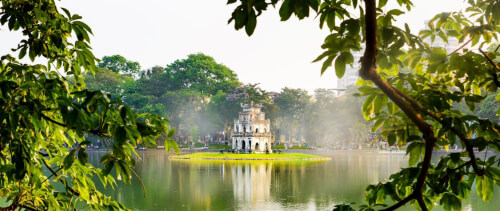 Hanoi (6)
Hanoi (6)
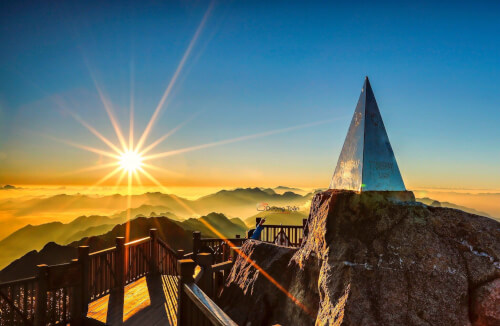 Lao Cai (1)
Lao Cai (1)
 Son La (2)
Son La (2)
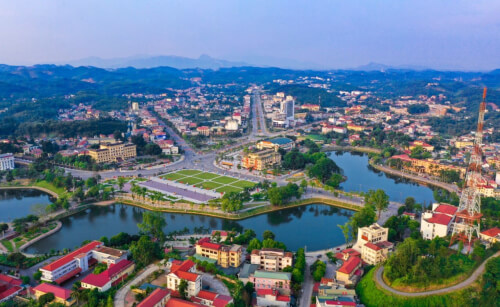 Yen Bai (1)
Yen Bai (1)
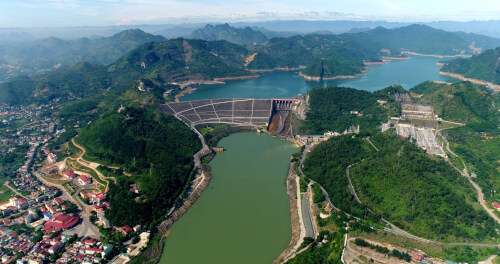 Hoa Binh (1)
Hoa Binh (1)
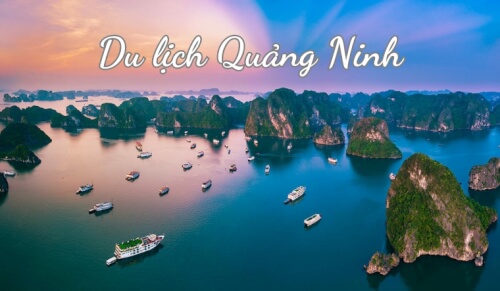 Quang Ninh (18)
Quang Ninh (18)
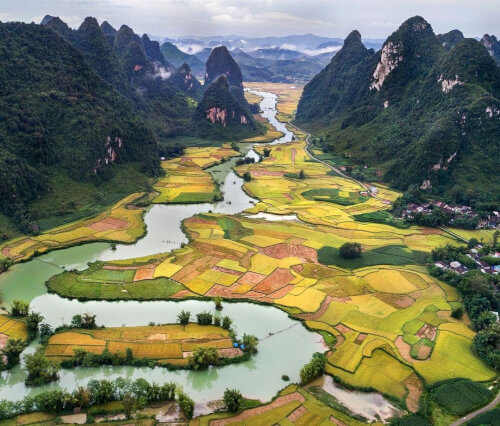 Ninh Binh (1)
Ninh Binh (1)
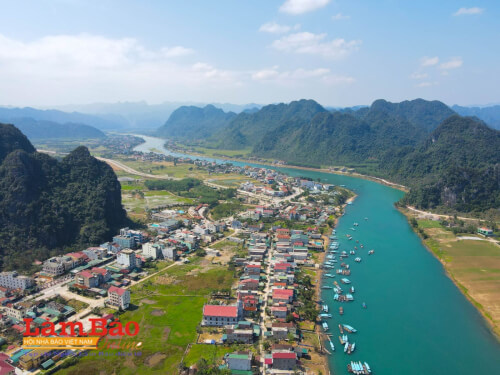 Quang Binh (2)
Quang Binh (2)
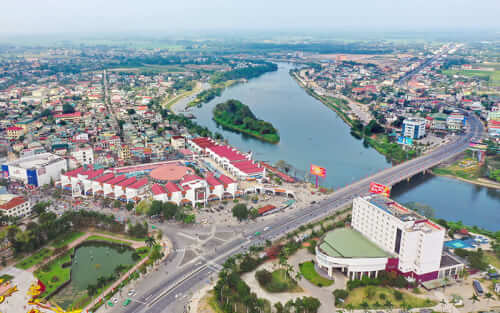 Quang Tri (1)
Quang Tri (1)
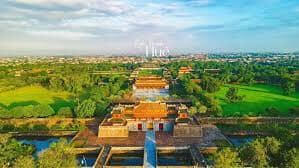 Hue (17)
Hue (17)
 Da Nang (24)
Da Nang (24)
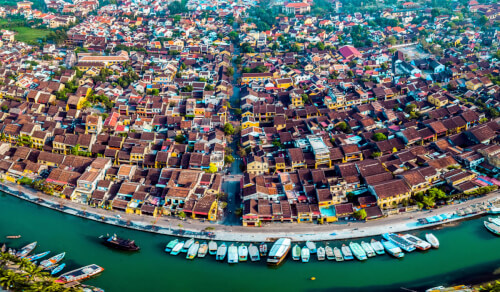 Quang Nam (16)
Quang Nam (16)
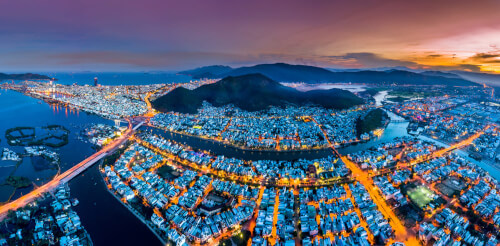 Binh Dinh (1)
Binh Dinh (1)
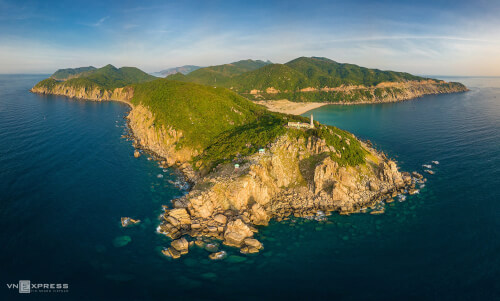 Phu Yen (1)
Phu Yen (1)
 Khanh Hoa (12)
Khanh Hoa (12)
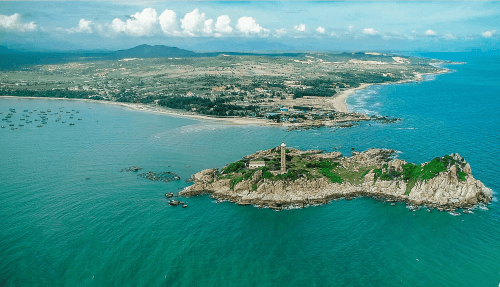 Binh Thuan (1)
Binh Thuan (1)
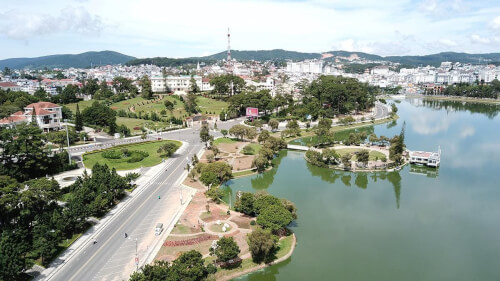 Lam Dong (7)
Lam Dong (7)
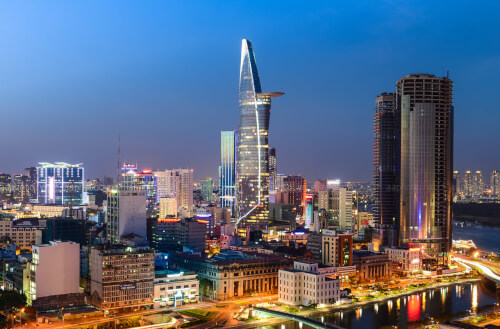 Ho Chi Minh City (3)
Ho Chi Minh City (3)
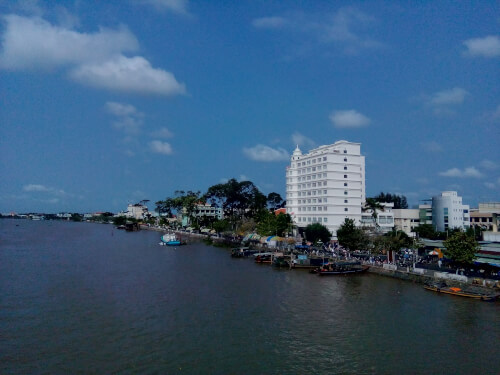 Ben tre (3)
Ben tre (3)
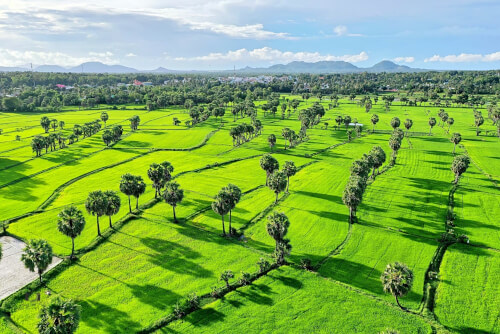 An Giang (1)
An Giang (1)
 Kien Giang (4)
Kien Giang (4)
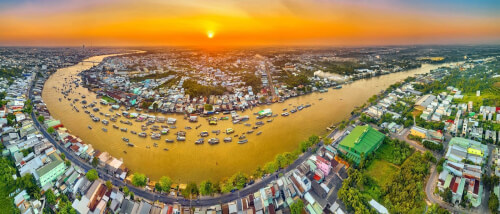 Can Tho (3)
Can Tho (3)
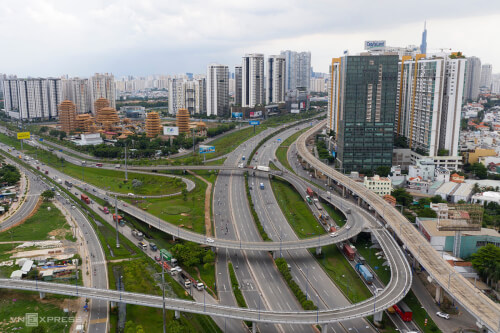 Foreign (3)
Foreign (3)

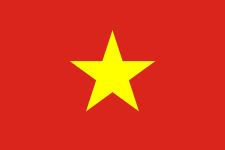 vn
vn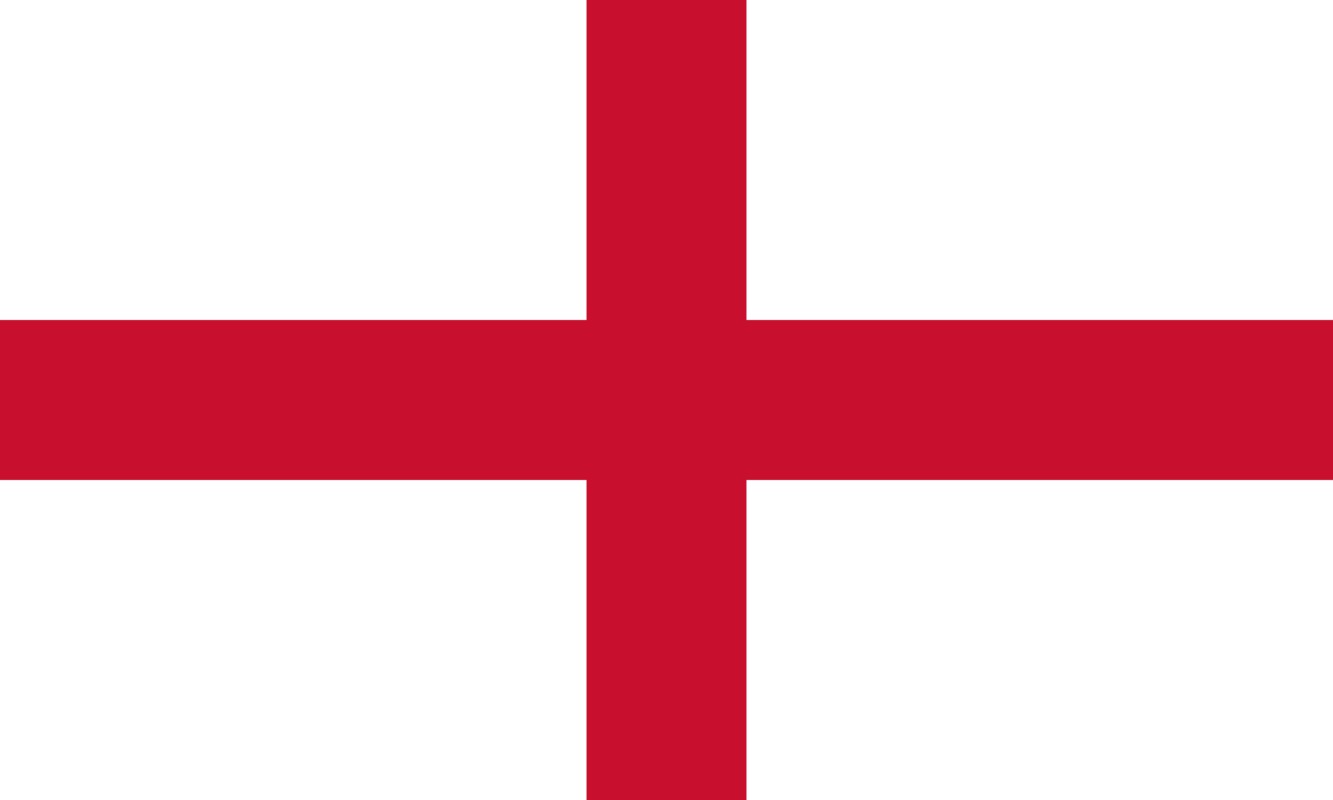 en
en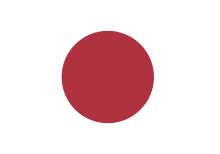 ja
ja ko
ko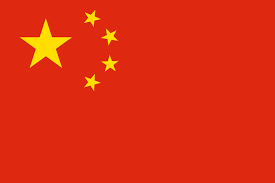 zh
zh


















